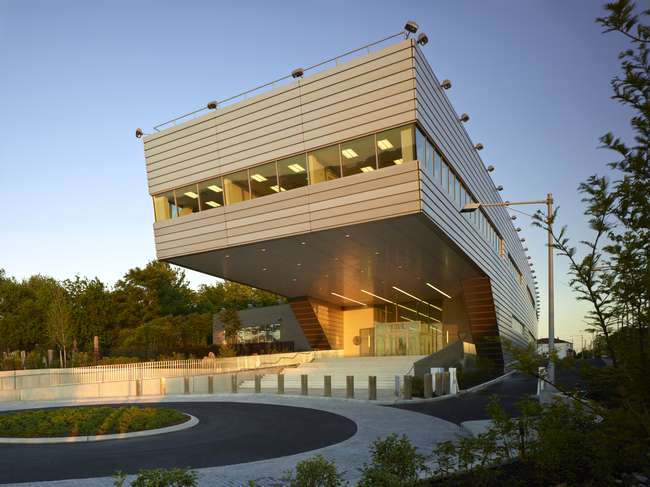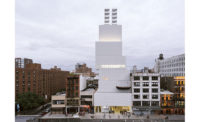Though most construction in New York City has been halted, architects hired for city projects were stunned to get orders last week to stop all ongoing design work. The largest number of architects are engaged by the city’s Department of Design and Construction (DDC), which has a $13-billion portfolio serving 20 city agencies. Besides such work as street repair and water-system renewal, the agency manages what is probably the nation’s largest municipal portfolio of public building design and construction—from park projects and libraries to homeless shelters, courthouses, and juvenile justice facilities. (Disclosure: The writer worked for DDC from 2015 to 2018.) The city also builds thousands of units of affordable housing annually through its Department of Housing Preservation and Development, and builds and repairs public schools through the School Construction Authority. (The work of the Health + Hospitals Corporation is likely to be exempt due to the COVID-19 emergency.)
The impact of the work stoppage falls heaviest on smaller firms, often engaged on several city projects; those architects hoped that government jobs would get them through the coronavirus crisis as private clients put projects on hold. “Our school project was getting ready for site work and the shop drawings were pouring in,” says Frances Halsband, founding partner of Kliment Halsband Architects, who was told to stop all work on April 1. “We have three people on it, so it is devastating.”

DDC is looking at projects on a case-by-case basis to determine which must go forward as essential, such as life-safety upgrades, and which meet urgent needs, such as homeless shelters. The agency’s Design Excellence program has brought exemplary projects to completion over the years, including the Hunters Point Library by Steven Holl, the Emergency Medical Service Station 50 by Dean/Wolf Architects, and the 121st Police Precinct by Rafael Viñoly Architects.
Current projects under review include the $1.45 billion East Side Coastal Resilience project, a 2.4 mile-long flood barrier for lower Manhattan, and an $8.7 billion project for four new jails that are slated to replace the massive Rikers Island jail complex. The DDC is also helping to build an emergency field hospital in the Arthur Ashe stadium at the National Tennis Center in Queens.
AIA New York, along with local chapters of engineering, construction and labor groups, has petitioned Mayor Bill de Blasio to reconsider the move, arguing that “permitting design work for public projects to continue will … keep workers safely employed with wages and benefits during the current crisis.” The letter reminds the mayor that design work is low-risk because it is now being done remotely. It also stressed that without plans, construction cannot resume quickly when the crisis has passed.
As architects see projects evaporate, “We’re being offered loans to stay in business,” says Matthew Bremer, principal at Architecture in Formation, which was ordered to stop work on a public-housing community center. “Keep us going! We would rather get paid by you to work than not work.”
“I question the rationale,” says David Burney, associate professor at the Graduate Center for Planning at Pratt Institute, who led the DDC from 2004 to 2014. “The money for current projects comes from bond funding, and the city can’t give it back or use it for operations.” Dramatic shortfalls in revenue in the future may jeopardize projects going forward, he explains. Now he sees a golden opportunity. “With zero interest rates the debt service is practically free,” he adds. “We should borrow like crazy and build what needs to be built because if we don’t, we’ll regret it later.”




Post a comment to this article
Report Abusive Comment